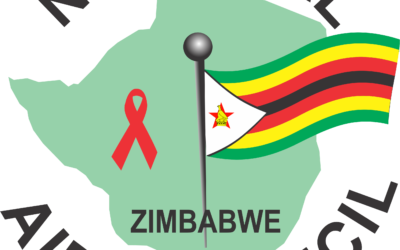
LOOSENING norms related to self-reliance to encourage seeking help is vital in dismantling heteronormative male behaviours, which will benefit the broad population of males and the society as a whole.
High conformity to toxic masculinity is associated with suicidal ideation. Conceptualisations of masculinity have moved away from the notion of a singular ‘masculinity’, toward recognition of a multiplicity of ‘masculinities’.
Among these multiple masculinities is an idealised hegemonic masculinity that represents the currently accepted ideal and toxic masculinity on the other hand.
Social norms that define the appropriate hegemonic norms and behaviours that are adopted from an early age and the pressure to conform to masculine ideals can be immense and the inability to deal with it often results in social sanctions for boys and men who deviate from normative masculine roles and behaviours Inversely toxic masculinity is a set of specific male behaviours associated with harm to society, and men even with related traits, such as misogyny and homophobia can be considered "toxic" in part due to their promotion of violence, lack of emotion, sexual virility, and dominance of others. Compliance to toxic masculinity results in detrimental mental health to young men, putting them at higher risk of suicidal thoughts.
Suicide is the third leading cause of death among adolescent males worldwide, World Health Organisation (WHO) estimate that about 700 000 people per year in the world are said to die by suicide. Across the world, the suicide rate is higher for men (12,6 per 100 000) than for women (5,4 per 100 000).
Stereotypical or expected male behaviours associated with toxic masculinity can lead to men feeling justified in committing acts of violence against women.
Moreover, a man, who does not display enough of these traits, may not be a ‘real man’. Overemphasis of these traits may lead to harmful imbalances in someone trying to live up to these expectations.
Some examples include aggression, suppressing emotions, sexism, glorification of violence entitlement, chauvinism and needing to dominate or control others. With this explaining the emergency of ‘Mjolo pandemic’ and male-related suicides.
- COP26 a washout? Don’t lose hope – here’s why
- Under fire Mnangagwa resorts to Mugabe tactics
- How will energy crunch transition impact transition to renewables?
- COP26 a washout? Don’t lose hope – here’s why
Keep Reading
Evidently, they are a gender paradox in suicide, with men being more likely to die by suicide, while women have higher rates of non-fatal suicidal behaviours.
Evidence presented from WHO in 2019 African region male suicide rate is the highest of all regions at 18 per 100 000 population, while for women, the AFRO average rate is slightly below the world average 5,2 per 100 000 According to integrated African health observatory (iAHO), several countries in Africa stand out as having the highest suicide age adjusted rates in the world, namely Lesotho, Eswatini, Zimbabwe, South Africa, Mozambique, Central African Republic, Botswana, Eritrea, Cameroon, and Côte d’Ivoire.
All have rates above 15 per 100 000 population, with peaks of 87,5 and 40,5 per 100 000 population respectively for Lesotho and Eswatini. Zimbabwe has one of the highest suicide rates in the world, 5th in Africa. Socio-economic status, untreated mental illness and substance abuse are the top risk factors for male suicide in Zimbabwe.
Sustained by cultural and societal norms associated with masculinity, it becomes challenging for men to be open and emotionally transparent.
Increasing suicidal rates in Zimbabwe are most caused by psychosocial and cultural factors.
Based on independent statistics from the Progressive Teachers’ Union of Zimbabwe (PTUZ) in 2021, 380 teachers committed suicide in the country between 2008 and 2020. Every year Zimbabwe loses approximately 30 teachers and six students to suicides.
In some instances, children as young as 10 years old are getting into difficult situations where they think no one can help them and they end up contemplating suicide.
World Health Organisation (WHO) has set reduction of suicide mortality as a priority and included as an indicator in the United Nations Sustainable Development Goals (SDG) under target 3,4.
It is imperative to ensure that intervention mechanisms are community focused and people with suicidal tendencies are taken for counselling and even referred to specialist services like Zimbabwe Republic Police victim friendly unit, mental health professionals and psychologists where multiple approaches to deal with people with suicidal tendencies are available.
Nyawo is a development practitioner.






